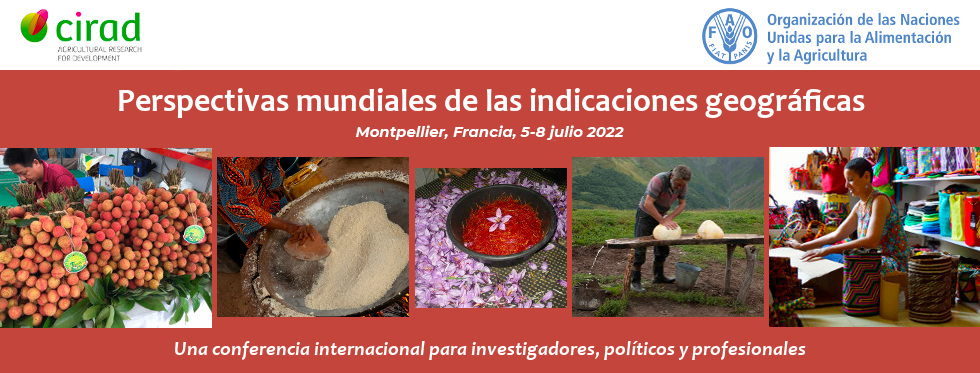As dedicated systems of geographical indication (GI) continue to be adopted following international intellectual property trends, a distinct window of opportunity has opened in which producers of historical agri-food products are induced to make hard normative and technocratic decisions about the continuity and authenticity of their products. While branding and trademarks have encouraged agri-food producers to nominally differentiate and characterize their products, the sui generis GI systems that have become more commonplace worldwide demand more detail and, in turn, incite more debates about identity and practice than before. While such producers have likely considered the important factors, such as the provenance of ingredients, suitability of mechanization and food chemistry, and uniqueness of the agro-ecosystem, they were rarely obliged to explicitly define these factors along certain criteria. Recently facing this challenge, Japan is a country that has a deep and wide history of marketing historical agri-food products and features a considerable degree of product differentiation. One of the most iconic and diverse cases is the production of fresh and processed persimmons, or kaki.
Kaki have a longer history in China and the Korean peninsula, but only the Japanese term has become common parlance worldwide, understood in countries such as diverse as Spain, Ukraine, Australia, and North America. Many kaki species can be eaten fresh while processing is, in theory, not dissimilar to that of apricots or plums (prunes). However, the intense seasonality, broad varietal diversity, subtle organoleptic properties, and aesthetic form of kaki lend them a high level of prestige across Asia. Geographically distinct practices have created unique constellations of kaki production according to climate, species, and mode of processing that appear to lend themselves to the process of GI specification. However, kaki production areas have also evolved heterogeneously in both subtle and fundamental ways, providing impetus for conflict about which characteristics should be specified and how much leeway should be granted for new technology, varieties, or practices. The kaki case studies presented in this paper, surveying diverse GI locations ranging from micro-production areas of few hectors to relatively large operations, illuminates an emerging form of heritage governance that is both long overdue, but whose dynamism is shackled by the policy structure in which it has emerged. The development dilemmas prompted by GI kaki specification in Japan are consistent with those mentioned in Feuer et al. (2020), raising questions about who the stakeholders are, how growth and change should be understood, and how success should be framed. We find that the process of GI formation among kaki producers in Japan precipitates abrupt resolutions about organizational structure and product specification that may limit the extent to which governance can be iterative and learned, and thereby may diminish developmental dynamism in the long term.



